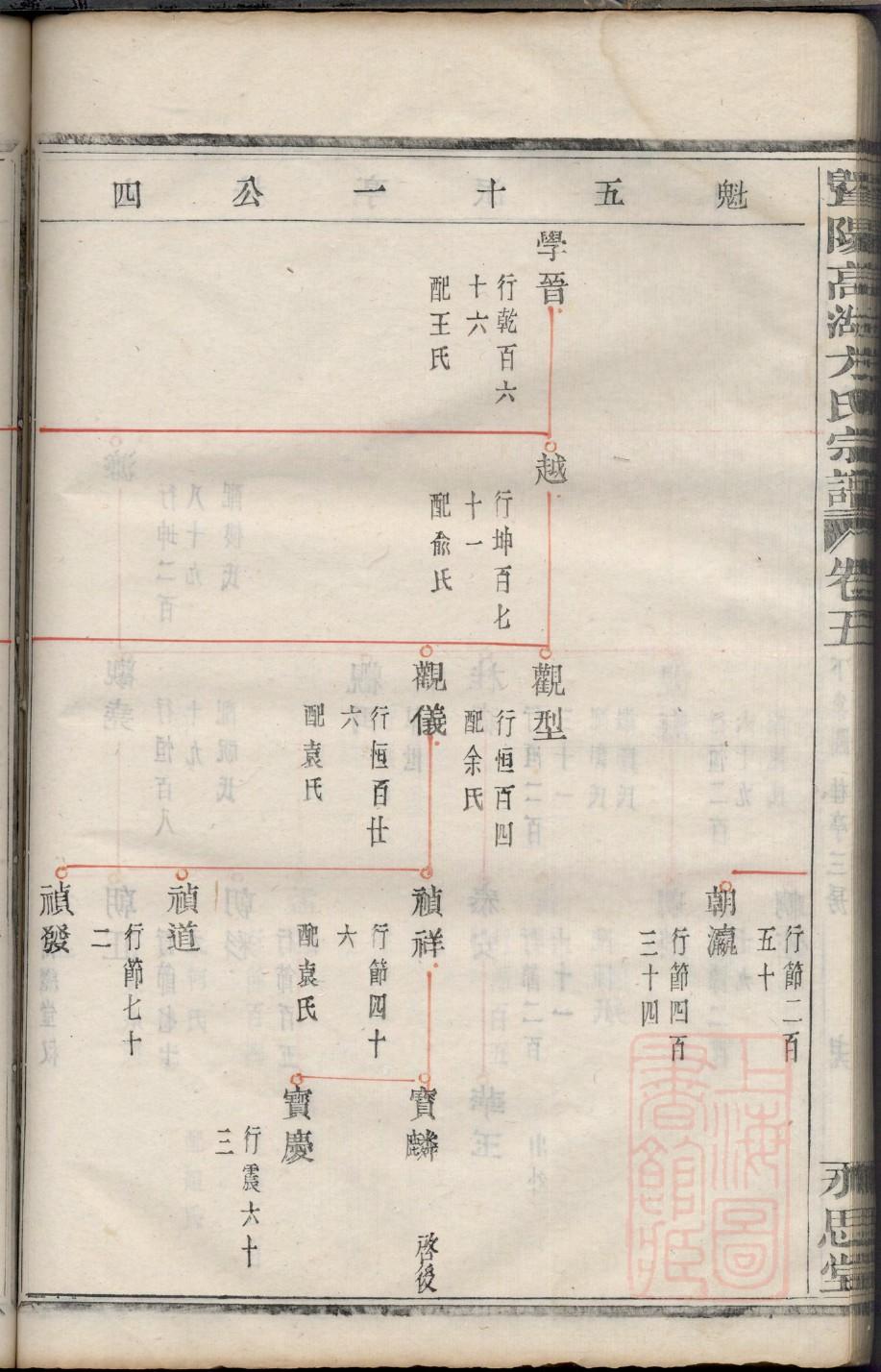Writing a Family Tree: How to Express Generational Connections in English
Abstract:
This article provides a comprehensive guide on how to write a family tree in English. It covers the basic structure, terms, and tips for effectively conveying generational connections and family history. The article also includes examples and suggestions for incorporating cultural nuances and personal stories into the family tree.
Understanding the Structure of a Family Tree
A family tree, also known as a genealogy chart, is a diagram that visually represents the relationships between family members across generations. The structure typically includes a horizontal line for each generation, with individuals represented as nodes or branches.
Key Components of a Family Tree
- Generations: The tree is divided into generations, usually numbered from top to bottom. The top generation represents the oldest ancestors, while the bottom generation includes the most recent family members.
- Branches: Each branch represents a family member, and the width of the branch can indicate the number of children.
- Nodes: Nodes are the points where branches intersect, representing the marriage or union between two individuals.
- Lines: Lines connect nodes, showing the bloodline or familial relationship between individuals.
Terms and Phrases for Describing Family Relationships
To effectively communicate family connections, it's important to use the correct terms and phrases in English. Here are some common terms:
- Ancestor: A person from a previous generation who is a relative.
- Descendant: A person from a later generation who is a relative.
- Siblings: Brothers and sisters.
- Cousins: Nieces, nephews, aunts, and uncles.
- Half-siblings: Siblings who share one parent.
- Stepchildren: Children of a parent's spouse from a previous marriage.
Tips for Writing a Family Tree in English
1. Start with the Oldest Generation
Begin with the oldest generation at the top of the tree. Include names, dates of birth and death, and any significant life events.
2. Add Descendants Below
Work your way down the tree, adding each subsequent generation below the previous one. Ensure that the relationships between individuals are clear.
3. Include Cultural Nuances
When possible, incorporate cultural nuances into your family tree. For example, you might note traditional names, surnames, or religious affiliations.
4. Add Personal Stories
To make your family tree more engaging, include personal stories or anecdotes about each family member. This can provide a deeper understanding of their lives and the family history.
Examples of Family Tree Entries
Example 1:
- Generation 1: John Smith (1750-1830), Mary Johnson (1755-1835)
- Generation 2: James Smith (1780-1850), Sarah Johnson (1785-1860)
- Generation 3: John Smith Jr. (1805-1875), Mary Smith (1810-1885)
Example 2:
- Generation 1: José García (1900-1970), María López (1905-1990)
- Generation 2: Carlos García (1925-2005), Elena López (1928-2010)
- Generation 3: Juan García (1950-), Ana López (1953-)
Conclusion:
Writing a family tree in English is a rewarding way to preserve and share your family history. By following the structure, using appropriate terms, and adding personal touches, you can create a comprehensive and engaging representation of your generational connections.
Keywords:
- Family Tree
- Genealogy
- Generational Connections
- English Language
- Family History




